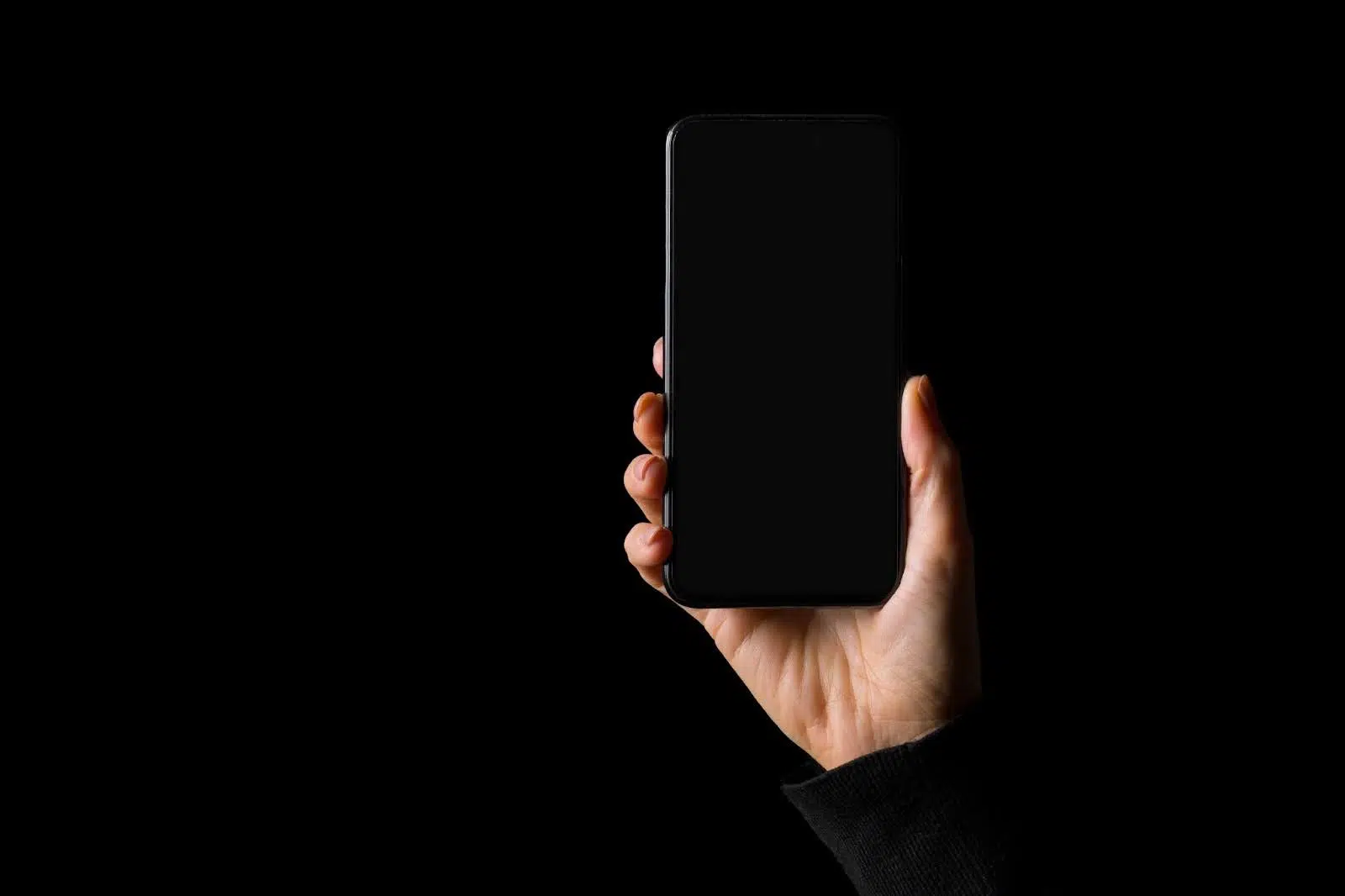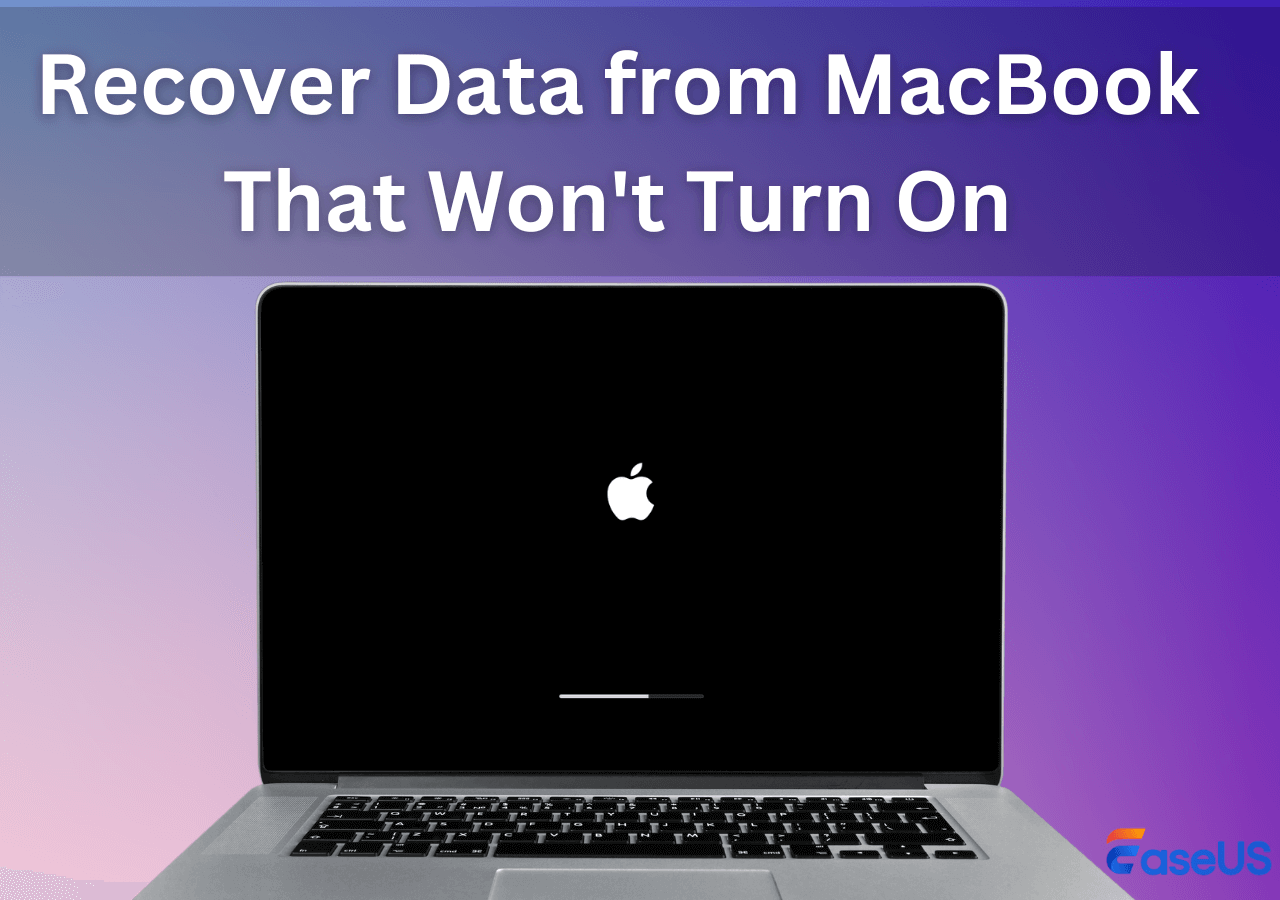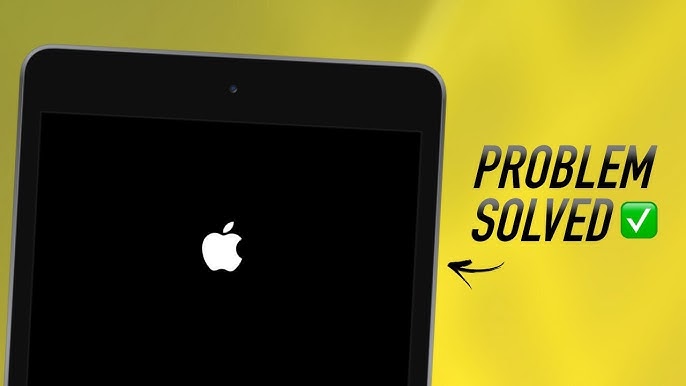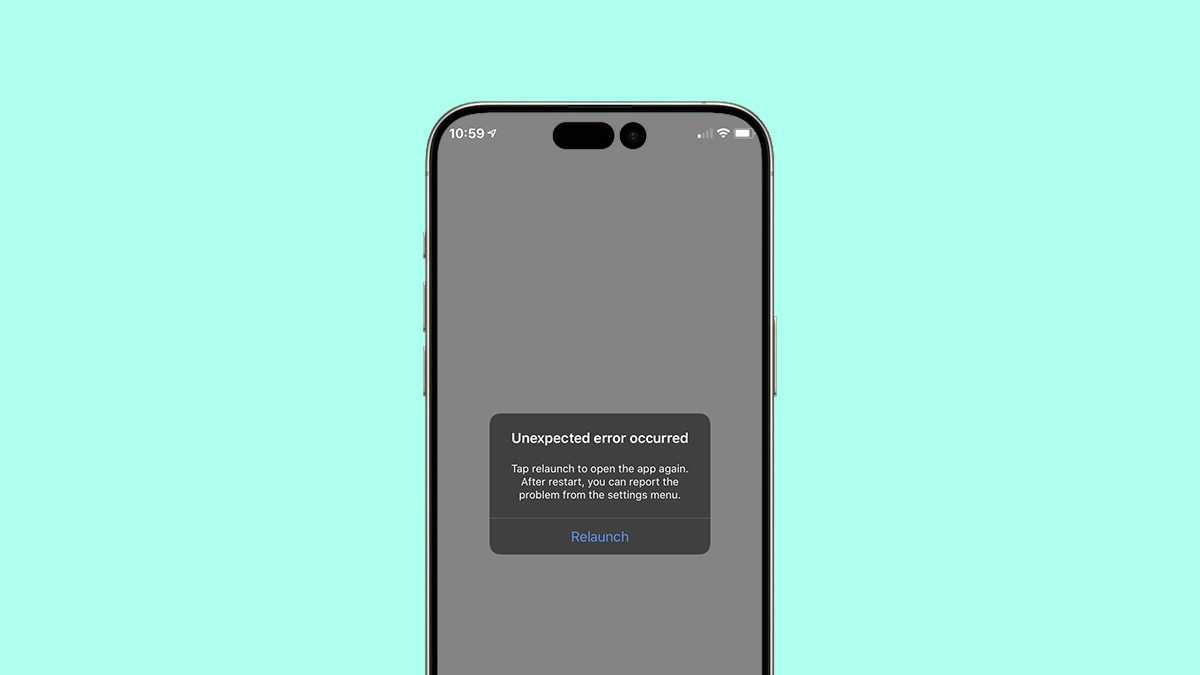Seeing a black screen on iPhone can be alarming, especially if your device was working perfectly just moments ago. Many users panic, thinking their iPhone is permanently damaged, but in most cases, this issue can be fixed. The iPhone display not working problem usually stems from minor software glitches, battery issues, or sometimes hardware faults.
In this detailed guide, we’ll explain the main causes behind the black screen issue, how to diagnose it, and the most effective solutions. Whether you’re using an iPhone 15, iPhone 16, or an older model, these tips will help you get your screen back to life. Plus, we’ll highlight when to visit professionals like Milaaj Mobile and Laptop Repair Dubai for expert assistance.
Understanding the Black Screen on iPhone Issue
When your iPhone display is not working, it can appear completely black, even though the phone might still be on. You might hear notifications, vibrations, or sounds—but no visuals. This problem can arise from several factors, ranging from software crashes to hardware malfunctions.
Typically, a black screen on iPhone occurs due to:
- System crashes after an update or app failure.
- Battery or charging problems preventing proper startup.
- Display connector issues caused by drops or impact.
- Hardware damage to internal display components.
Understanding what triggers your iPhone screen to go black is the first step toward resolving it effectively.
Common Causes of iPhone Display Not Working
1. Software Crash
The most common cause of the black screen on iPhone is a software crash. When the operating system becomes unresponsive, your screen may turn off even though the phone is still powered on. This can happen due to buggy apps, failed updates, or memory overload.
2. Battery or Power Issues
Sometimes, your iPhone display not working issue is due to a completely drained battery or charging malfunction. Faulty cables, chargers, or dirty ports can prevent the device from charging, giving the illusion of a black screen.
3. Hardware Damage
Physical damage to the screen or logic board can also result in a black screen on iPhone. Drops, exposure to moisture, or faulty internal connectors may interrupt the display function.
4. Display Connector Loose
If your iPhone has been repaired previously or dropped, the screen connector might have loosened, causing the iPhone display not working error. A technician can easily fix this by reseating the connector.
Black Screen on iPhone? Here’s How to Fix iPhone Display Not Working
Now that you understand the possible causes, let’s go through the most effective methods to fix a black screen on iPhone. These solutions progress from simple fixes to more advanced troubleshooting steps.
1. Force Restart Your iPhone – Black Screen on iPhone
A force restart can resolve temporary software crashes that cause your iPhone display not working. The method varies slightly depending on your model:
- For iPhone 8 and later: Quickly press and release the Volume Up button, then Volume Down, and finally hold the Side Button until the Apple logo appears.
- For iPhone 7: Press and hold both the Volume Down and Power buttons until you see the logo.
- For iPhone 6s or older: Hold down the Home and Power buttons simultaneously.
After restarting, check if the screen lights up. If not, proceed to the next step.
2. Charge Your iPhone for at Least 30 Minutes
A depleted or unresponsive battery may be the reason behind the black screen on iPhone. Plug your phone into a charger using an original Apple cable and adapter. Leave it for 30 minutes before attempting to power it on again.
If the Apple logo doesn’t appear, try a different charger or cable to rule out charging issues.
3. Check for Hardware Damage – Black Screen on iPhone
If your phone has suffered a drop, inspect for visible damage. Cracks or dents near the edges might indicate internal issues affecting the display. In that case, the iPhone display not working could be due to a damaged LCD or OLED panel.
You may need a professional diagnosis to confirm if the screen or internal components require replacement.
4. Connect iPhone to iTunes or Finder
Connecting your iPhone to a computer can help determine if it’s a display or system issue. If your computer detects your device, but the screen stays black, the display itself might be faulty.
To fix it, you can use iTunes (or Finder on macOS) to restore or update your iPhone software. However, note that restoring may erase data if not backed up.
5. Use Recovery Mode
If a simple restart doesn’t fix the iPhone display not working, booting your device into recovery mode might help.
Steps:
- Connect your iPhone to your computer.
- Launch iTunes or Finder.
- Follow the force restart steps based on your model.
- Once in recovery mode, choose “Update” instead of “Restore.”
This reinstalls iOS without deleting your data, potentially fixing a black screen on iPhone caused by corrupted software.
6. DFU Mode Restore (Advanced Solution)
If recovery mode fails, a Device Firmware Update (DFU) restore might help. It completely reinstalls both firmware and software. However, this should only be done if you have a recent backup, as it erases everything.
DFU mode can often revive even the most stubborn iPhone display not working problems.
7. Screen or Logic Board Repair
If none of the above methods work, your black screen on iPhone might be caused by hardware damage. In such cases, replacing the screen, battery, or repairing the logic board might be necessary.
Always ensure these repairs are handled by certified technicians. Using unauthorized parts can worsen the issue or void your warranty.
When to Visit a Professional Repair Service
If your iPhone remains unresponsive after trying the above fixes, it’s time to consult an expert. Professionals can diagnose whether the issue lies in the display assembly, connectors, or internal circuitry.
For example, Milaaj Mobile and Laptop Repair Dubai offers professional diagnosis and genuine parts for all iPhone models. Their technicians ensure your iPhone display not working issue is resolved quickly and safely.
Preventing Future iPhone Black Screen Problems
To reduce the likelihood of encountering a black screen on iPhone again, follow these preventive steps:
- Keep your software updated to avoid system bugs.
- Use only Apple-certified chargers to prevent power surges.
- Avoid overheating by keeping your phone away from direct sunlight.
- Use a shockproof case to minimize damage from drops.
By maintaining these habits, you can prevent common iPhone display not working problems in the future.
Troubleshooting Quick Checklist for Black Screen on iPhone
Before you panic, here’s a quick summary of what to do if you face a black screen on iPhone:
- Force restart the phone
- Charge for at least 30 minutes
- Check for hardware damage
- Connect to iTunes/Finder
- Try Recovery or DFU mode
- Visit a professional technician
Experiencing a black screen on iPhone can be frustrating, but it’s not always a dead end. With the right troubleshooting steps and professional guidance, you can often fix the iPhone display not working issue without replacing your device entirely.
If you’ve tried all the steps and the issue persists, don’t hesitate to contact an expert technician for diagnosis and repair. With proper care, your iPhone will continue to function efficiently for years to come.
📍 Visit Any Milaaj Branch in Dubai
🔹 Bur Dubai
Milaaj Mobile and Laptop Repair Dubai
📞 055 258 8477
🔗 Google Maps
🔹 Al Barsha
Milaaj Mobiles and Laptop Repair Al Barsha
📞 052 596 2846
🔗 Google Maps
🔹 Reef Mall (Salah Al Din)
Milaaj Service Center Reef Mall
📞 052 3405 814
📍 1st Floor, Shop 16, Deira
🔗 Google Maps
🔹 Al Nuaimiya
Milaaj Mobiles and Laptops Ajman
📞 055 788 9654
🔗 Google Maps
📧 Email: support@milaaj.com
🕒 Operating Hours: Monday – Sunday




Leave a Reply